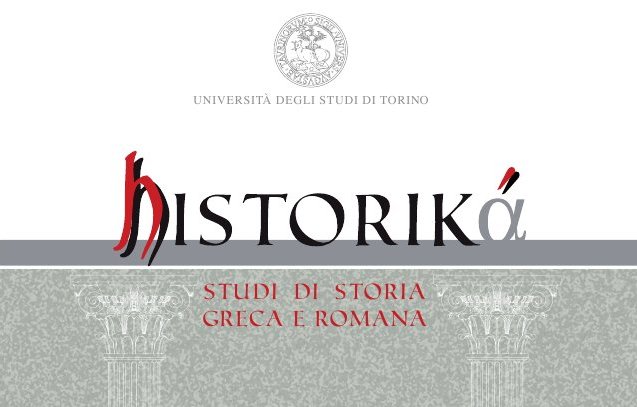L'epigrafia greca tra scienza ed esperienza: il ruolo di Berlino
DOI:
https://doi.org/10.13135/2039-4985/2609Abstract
A Berlino nel 1815 l'epigrafia greca entra ufficialmente a far parte delle scienze dell’antichità con l’inaugurazione di un Thesaurus di tutte le iscrizioni greche allora note sotto la direzione del filologo August Boeckh. Nel Corpus Inscriptionum Graecarum (CIG), dal 1902 denominato Inscriptiones Graecae (IG), si realizza la visione leibniziana di imprese scientifiche che all‘interno di Accademie coniughino «theoria cum praxi ». Dopo aver attraversato due secoli di alterne vicende connesse con le dinamiche storico-politiche della Germania, l’impresa IG possiede oggi l’archivio epigrafico più ricco del mondo e prosegue il suo lavoro con numerosi progetti in corso, di cui è tracciato un sintetico report.
In Berlin in 1815 Greek Epigraphy becomes officially part of the “Altertums-wissenschaft” through the creation of a Thesaurus of ancient Greek inscriptions under the direction of the philologist August Boeckh. With the Corpus Inscriptionum Graecarum (CIG), in 1902 renamed Inscriptiones Graecae (IG), is realized Gottfried Wilhelm Leibniz vision of scientific entreprises within research institutions who would combine “theoria cum praxi”. After experiencing two centuries of fortunes and missfortunes related to the political history of Germany, today IG entreprise owns the largest epigraphic archive in the world and happily continues with multiple projects, on which a short report is presented.
##submission.downloads##
Pubblicato
Fascicolo
Sezione
Licenza
Gli autori che pubblicano su questa rivista accettano le seguenti condizioni:
- Gli autori mantengono i diritti sulla loro opera e cedono alla rivista il diritto di prima pubblicazione dell'opera, contemporaneamente licenziata sotto una Licenza Creative Commons - Attribuzione che permette ad altri di condividere l'opera indicando la paternità intellettuale e la prima pubblicazione su questa rivista.
- Gli autori possono aderire ad altri accordi di licenza non esclusiva per la distribuzione della versione dell'opera pubblicata (es. depositarla in un archivio istituzionale o pubblicarla in una monografia), a patto di indicare che la prima pubblicazione è avvenuta su questa rivista.


 The journal has been approved for inclusion in DOAJ. The DOAJ listing of the journal is available at
The journal has been approved for inclusion in DOAJ. The DOAJ listing of the journal is available at 
